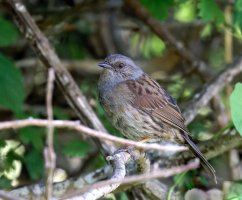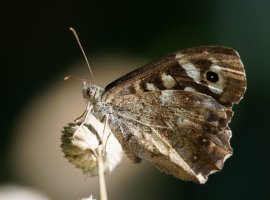In this patent application (2023-125584), Canon is attempting to design lightweight telephotos with good optical characteristics. First up we have some full-frame telephotos ranging from a 4x 200-800 F5.6-9 to a 6x 100-600mm F5.6-9. The designs are interesting, but they, even with F9.0 would have some pretty big front elements, and at least two large
See full article...
See full article...


